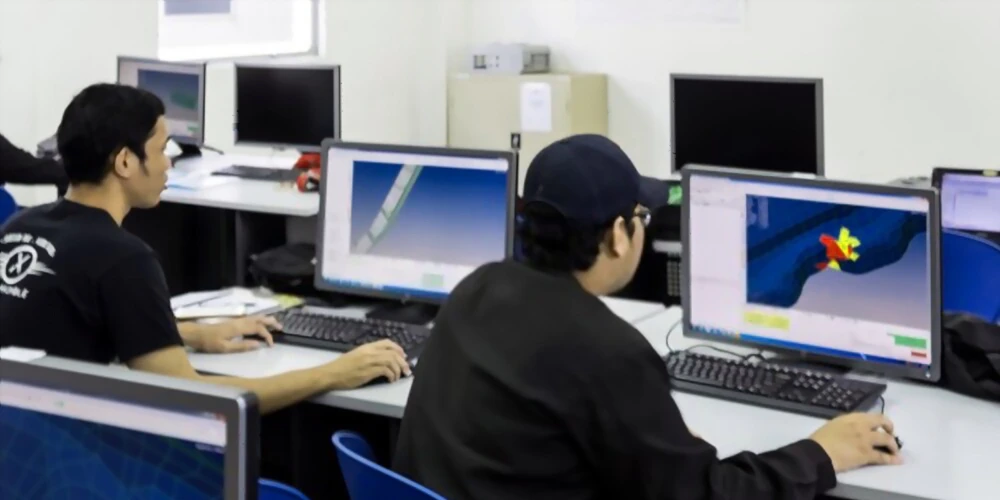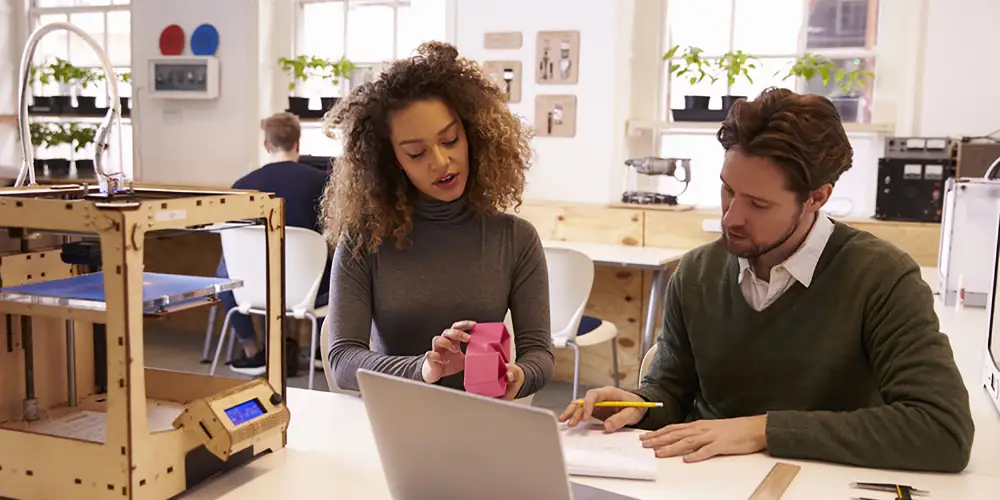Whenever you begin designing plastic parts where your end goal is for the injection molding technique, you will want to consider a few things on the front end of your design process, which can save time and money. This foresight in the initial stages of product design will be useful in understanding the limitations and challenges faced by the manufacturers of your product.
These ten considerations are by no means exhaustive when considering the best plastic injection part design, but they will certainly get you really close to where you need to be and, at the very least, in the right direction. So, let us know about these useful tips after you try them:
Right Kind of Surface Finish
Surface finishes have many functions beyond visual appeal, but before you begin to finish the final surface, you should already decide what type of mold you need based on production volume and what kind of mold material will be made from. A steel mold will be tougher than an aluminum mold and will provide more options for surface finishes. Steel has the advantage that it can be polished to produce a smooth surface finish. It can also be beneficial for painting or any other secondary turnkey operation to enhance your product.
Designing Plastic Parts to Avoid Undercuts
Undercuts on your part do not necessarily make your part more difficult to mold but make it more difficult to de-mold. The undercut part of the plastic part will become trapped inside your mold once it cools and hardens, in turn making it impossible to get out of the mold without other mold actions. Sometimes undercuts are necessary for part functions. Side action and lifting mechanisms must be introduced into your tool to deal with the rejection of your part. Sometimes this is not avoidable, but if you want to save on tooling costs, it may be worth trying to redesign to eliminate necessary tooling costs.
Uniformity
Injection molding is the process of inserting liquid resin into two halves of a mold. Any restriction or change in the thickness of your parts can affect the flow, which can have other negative effects. Your best option is to keep the thickness constant, and around 2.0 – 3.0mm. Do not design with a wall thickness of less than 1.0 mm or greater than 4.0 mm as this creates additional complications.
Datums help define territory
Use datums to establish part interfaces and interactions throughout the system. Using a data structure that matches the design intent of plastic assembly and manufacturing can mean that the product is working well or not.

Designing Plastic Parts’ Flow from Thick to Thin
Sometimes designing plastic parts requires thicker sections for structure and strength. As the molten resin flows through the injection mold, it loses pressure and temperature. A mold that flows from thin tight sections to a large wall thickness will have trouble filling completely away from the gate when resin enters the mold. The gates should be placed in the thickest sections of the part design, and resin should flow through the thinnest sections.
Warpage and Shrinkage
All materials within the cooling process of your injection molding operation shrink at different rates and to varying degrees. Shrinkage and warping are two different phenomena that can happen. Shrinkage occurs when there is a difference between the corresponding linear dimensions of the mold and the molded part. Warpage is a dimensional deformation in a molded plastic caused by excessive residual stress in the part. There are various things to consider when trying to control one of these events. Material considerations, part geometry considerations, tooling considerations, and processing considerations all play a part.
Structural Support
As a product designer, you want to reduce the amount of material needed to fill your part, as well as increase its structural integrity. Thin walls require support so that the walls do not warp or collapse. Ribs are usually applied to injection molded parts to harden thin parts. Ribs, bosses, and other projections on the wall of the piece will strengthen your part but can contribute to other molding issues such as sink marks and non-fills if done incorrectly.
Draft
A draft is the angle of otherwise vertical walls to prevent continuous contact with the molding cavity during mold opening. All vertical walls oriented normally in the direction of the mold bridge will ideally require a draft at a 1-degree minimum. There are special considerations for ribs and bosses, and textured surfaces will need to add 1 degree per side for every .001″ of texture depth. The draft part is an essential element of the design process.
Designing Plastic Parts for Rapid Prototyping
Plastic rapid prototyping can be used to improve design, manufacturing efficiencies, and secondary processes. It can also be used to find early design problems that you may not detect in a 3D model. There are many options currently in use in the molding industries, and your designer should be able to use one of these to create initial samples.
Gating and Ejection
The gate location is the area where the material will be entering and filling the cavity of the part. It is important to note where you want to gate your share and make provisions. Some questions to consider are: Am I allowed to place gate marks where I am envisioning my gate? And is this gate in a location where the material will flow through a thick wall to a thin-walled area of the part?




